By Janet Gunter
Co-Founder of The Restart Project
Electronic waste is one of the fastest growing waste streams around the world. In Europe and North America (and increasingly in emerging economies) we have a throw-away approach to our e-stuff, but partly because when something goes wrong, repairing it can be so intimidating or seem too expensive.
One of the greatest barriers to repair of electronics and electricals – from Lagos to dusty small-town Brazil to our community repair events here in London – is the lack of reliable repair documentation.
The decision to attempt to repair something with a plug or a battery often comes down to the time involved to isolate (and repair) the fault, which often involves a difficult disassembly.
Electronics are increasingly miniaturized and difficult to open without damaging further, and even small appliances are notoriously manufactured to prevent disassembly.
Attempting to open up something “blind” without repair documentation brings with it real risks, and breaking something during disassembly can either cause permanent damage or lengthen the time and the cost required to repair it.
Limiting access to service manuals
Some manufacturers try to limit access to their own service manuals. And even some that make their repair guides available online may bury them in gigantic, hostile websites.
An emblematic case is that of Toshiba – which forced website “Future Proof” to take down its Toshiba laptop repair guides from the Internet.
A battle is under way in some US states for the “right to repair,” and part of this is access to repair documentation. In Europe, we hope that future eco-design directives will require manufacturers to share documentation for disassembly and repair.
The repair hive mind
Luckily, we live in a connected age in which people share information and tips online. There are so many do-it-yourself repair guides available at our finger tips with a simple Web search. It is even possible to find information online about that “long-tail” of off-brand devices or appliances that we would never expect people to bother with.
The main issues with the online ecosystem for repair information are quality and accessibility. We spend precious time (and bandwidth) searching for help with repairs.
We would love to develop a search algorithm for repair information that ranks materials based on quality and relevance. But in the meantime, here are our tips for making the most of your search time online (and don’t forget to contribute your own quality repair tips too).
Getting started: Know what to search for
When we need repair documentation, we would prefer it to correspond directly to the make and model we are attempting to repair. (Sometimes there are “families” of products, where we can settle for a similar product and learn from repair information for that product.)
Locate the make and model number on the body of your e-thing. These are sometimes surprisingly hard to come by. In this case, you can start with a generic image search, entering the brand, type of device and any other identifying features into a search engine with image search. From an image gallery, you might be able to identify your specific make and model.
Ideally we are looking for more than one guide or resource, so that we can compare and evaluate the relative effectiveness of each.
Service manuals: the Holy Grail
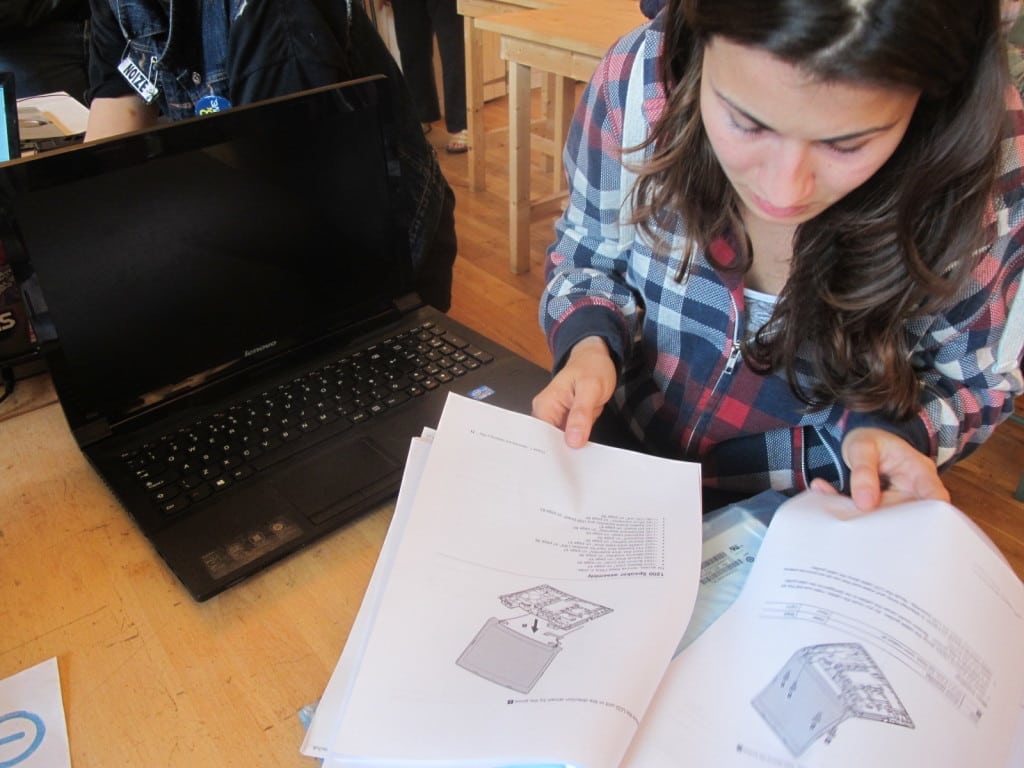
A participant in a workshop by The Restart Project uses a Lenovo service manual. Photo courtesy of The Restart Project
In searching for repair information online, the “Holy Grail” is a manufacturer’s own service manual. These often offer disassembly guides and repair advice, sometimes even schematics, all in one place.
Some manufacturers have these on their websites (but they can be hard to find, even so). But other manufacturers deliberately try and limit our access to them.
Using a search engine, we can sometimes locate leaked versions of service manuals. There is even a black market for these. Participate at your own risk.
Generally speaking, service manuals are easier to come by for older equipment that has a cult following, or a large hobbyist user-base. Hifi and audio equipment are good examples.
Disassembly guides: a strong runner up
If we cannot find a service manual, the next thing we are usually looking for is reliable information about how to disassemble a device, and therefore how it is put together and what it has inside.
Disassembly videos abound on Youtube. The problem with these videos is that they are often very long and hard to work with when we are only looking for a couple of key moments in the video. In low-bandwidth or time-sensitive situations, they can be a nightmare.
So, generally speaking, we would give priority to disassembly guides with still photos and explanatory text, in the style of iFixit or this firm that repairs hair straighteners.
Some parts sellers include repair information and simple tools when they sell a spare part. This can be useful but, as with any third-party resource, these should be evaluated carefully and critically.
Threads on forums: Intimidating, but potential goldmines
There are a number of reliable, specialist forums for information on electrical and electronics repair and maintenance.
Sometimes these can be very intimidating, technical conversations. However if you are able to find a thread with detail about your particular fault – it could be the key to making repair possible.
Please share
In the spirit of online sharing, we would love to hear your own tips, tricks and favorite sites for repairing electronics and appliances. Please post in the comments below. And we promise we’ll read every one.
Janet Gunter co-founded The Restart Project. She is an American/British activist and anthropologist who has lived and worked in Brazil, East Timor, Portugal and Mozambique. She has lived in Brixton, south London, for eight years and feels at home there.
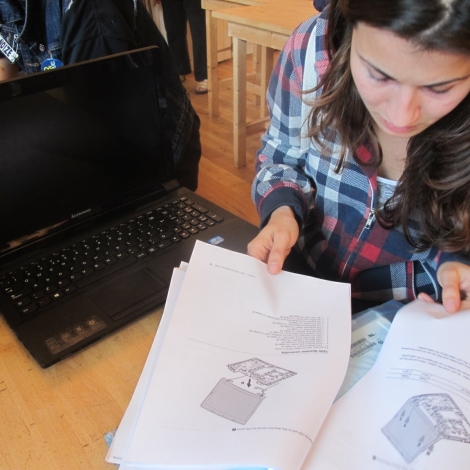
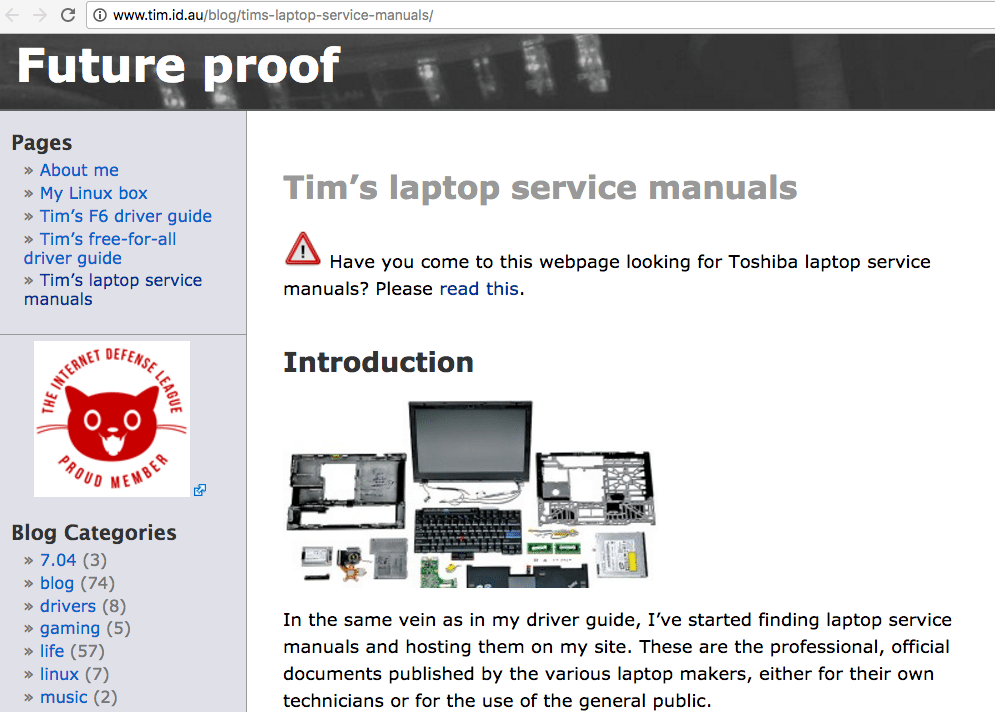
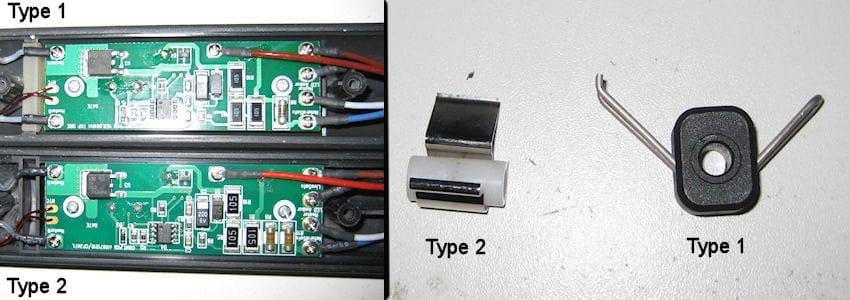
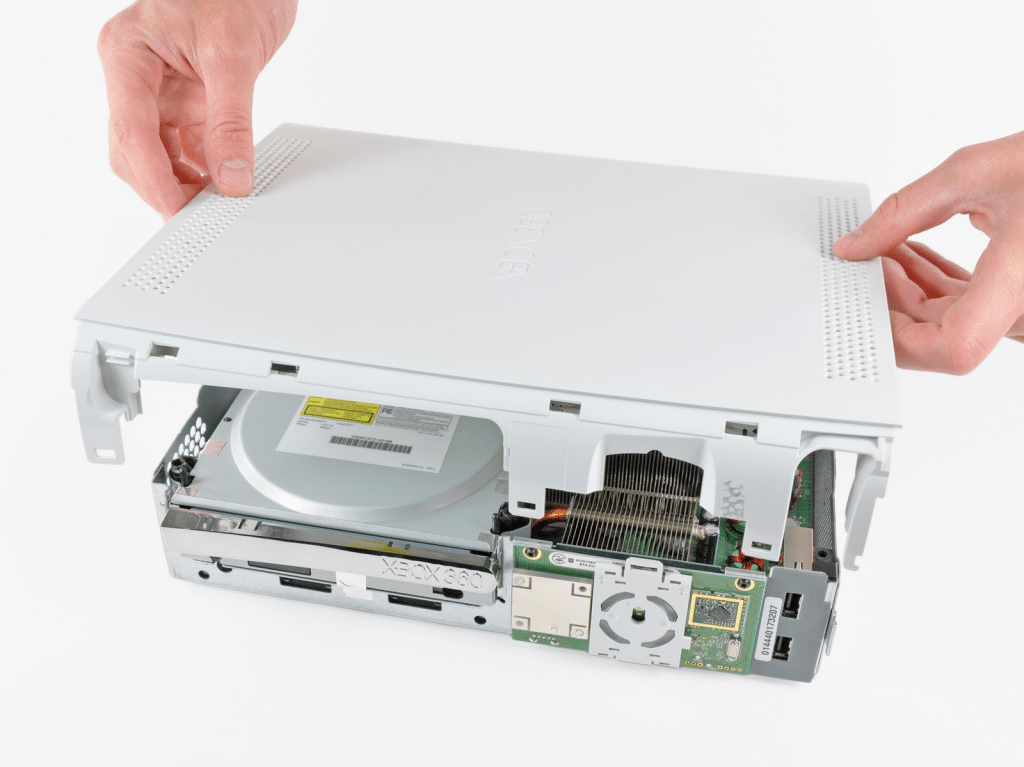
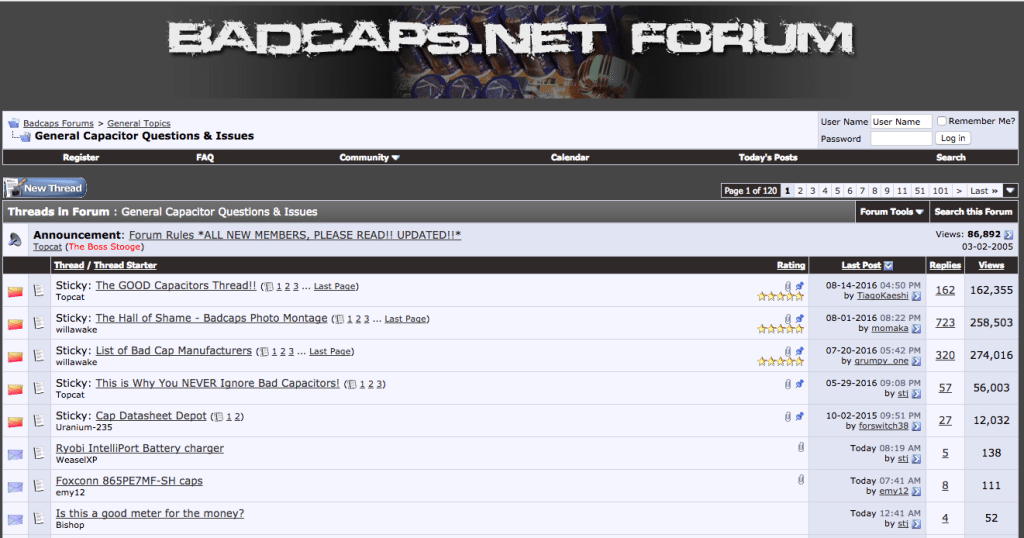

What do you mean by “from Lagos to dusty small-town Brazil?”
I edited this piece and, at the risk of speaking for the author, the phrase is a clever way to say that reliable repair documentation is lacking in urban and rural communities in developed and developing countries worldwide. Thanks for your interest.
THis reads well and has some good links for well used websites, thanks and graces for the pointers. I’ll share your article